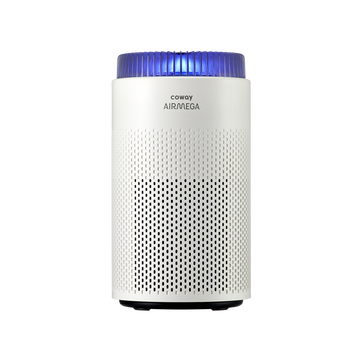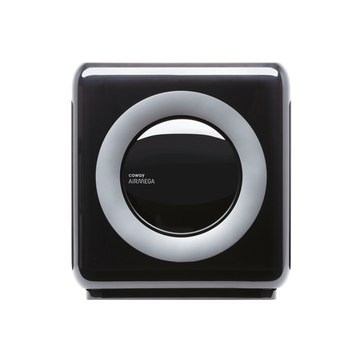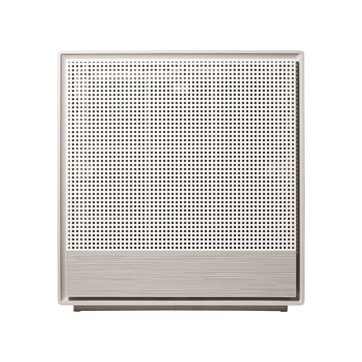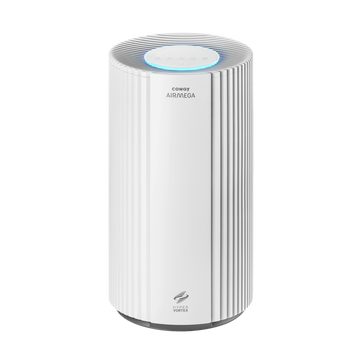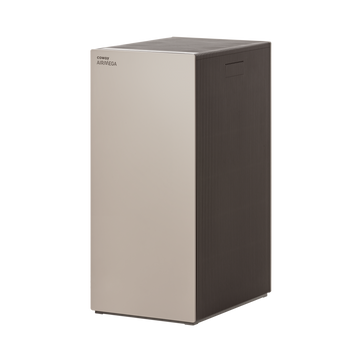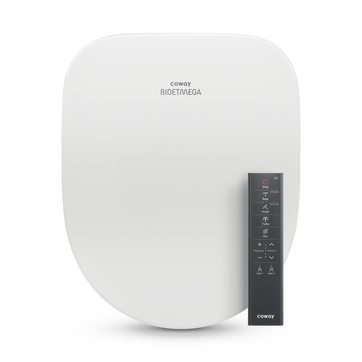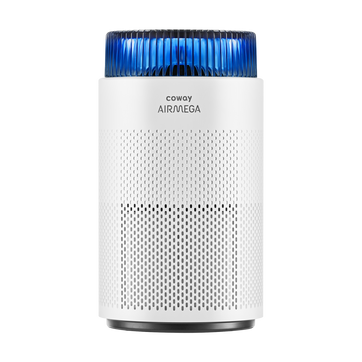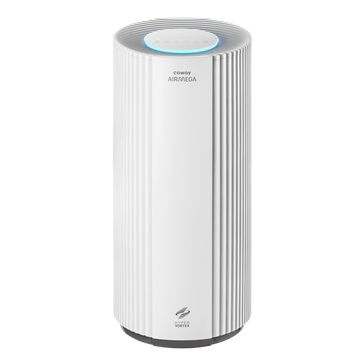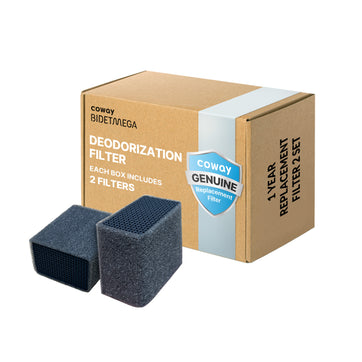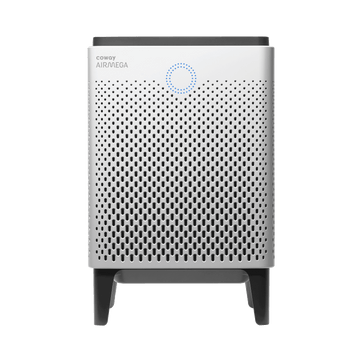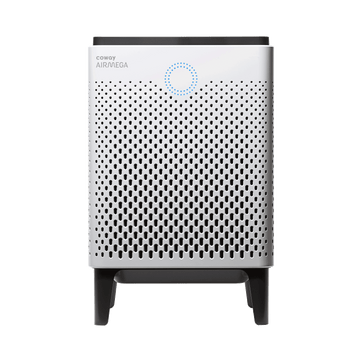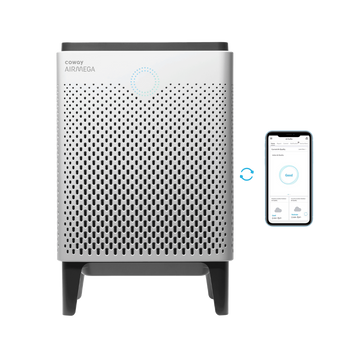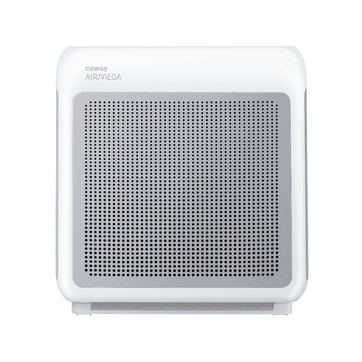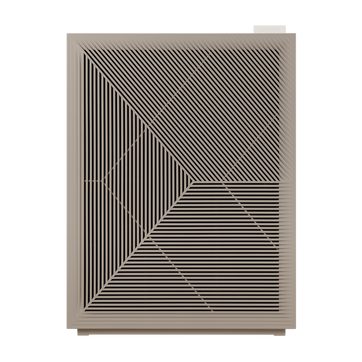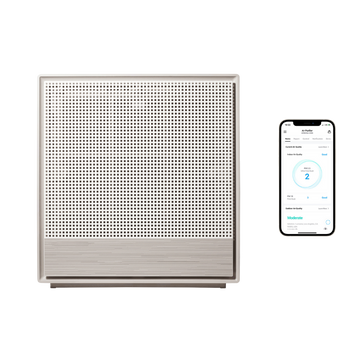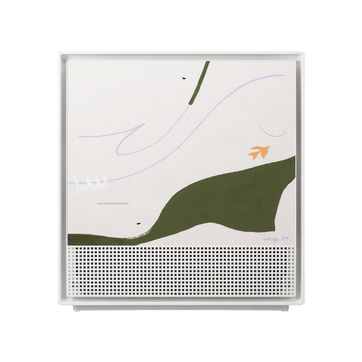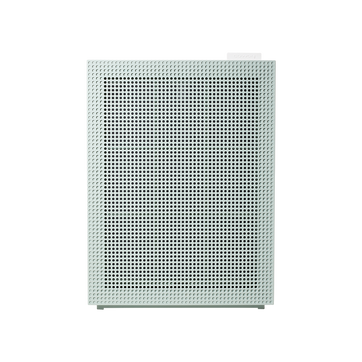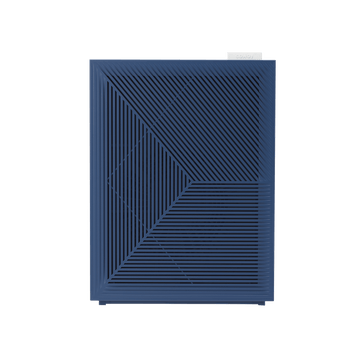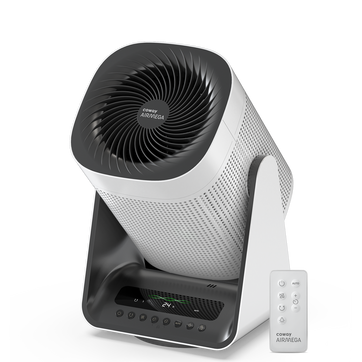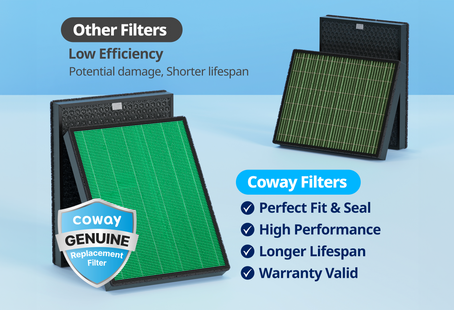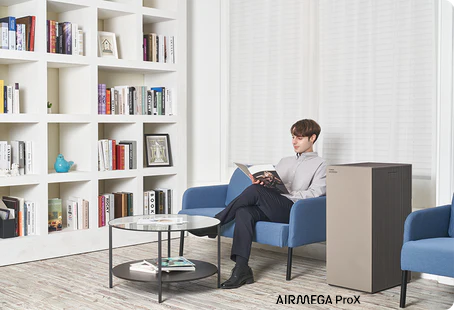
How Safe is U.S. Drinking Water Compared to Other Countries?
Clean, safe drinking water is a fundamental necessity, yet its availability is often taken for granted. However, recent data underscores a sobering reality in the United States: the safety of our drinking water may not be as guaranteed as we once believed.
In August 2017, a USA Today headline caused nationwide concern: "63 Million Americans Exposed to Unsafe Drinking Water." The article revealed that nearly 20% of Americans, from the rural expanses of California to the bustling streets of New York City, had been "exposed to potentially unsafe water more than once in the past decade." This news was a wake-up call, leading to a deeper look into the safety of drinking water in the U.S.

Which Countries Excel In Tap Water Safety?
To gain a broader perspective on this issue, we turn to the Environmental Performance Index (EPI), a comprehensive report compiled by environmental researchers from Yale and Columbia University, and supported by the World Economic Forum. This index evaluates 180 countries using 24 performance indicators across ten categories, including drinking water safety.
The EPI uses a metric called "unsafe drinking water." It’s calculated based on the number of disability-adjusted life years (DALY) lost per 100,000 people because of unsafe drinking water. A perfect score of 100 signifies a country has one of the lowest DALY rates in the world (≤5th-percentile), while a score of 0 indicates a high DALY rate (≥95th-percentile). The data for this indicator is sourced from the Institute for Health Metrics & Evaluation’s (IHME) Global Burden of Disease (GBD) study.
In the 2020 EPI, the U.S. ranked 23rd in the "Drinking Water" category with a score of 89.2. In the 2022 EPI, the U.S. kept its 23rd position, but its score slightly increased to 89.3.
This places the United States just shy of the top ten countries for safe drinking water according to the EPI. The countries that made it to the top ten in 2022, all with a perfect score of 100, include Austria, Finland, Greece, Iceland, Ireland, Malta, Netherlands, Norway, Switzerland, and the United Kingdom.

Deciphering the U.S. Drinking Water Infrastructure Dilemma
Why doesn't the U.S. achieve a perfect score for drinking water safety? The answer lies beneath our feet, in the aging water infrastructure that delivers water to American homes. This deteriorating system presents a significant challenge to maintaining water safety.
In 2016, Deloitte, a renowned consulting firm, published an article titled "The Aging Water Infrastructure: Out of Sight, Out of Mind?" This piece referenced a report from the American Water Works Association, which provided a startling insight. It revealed that "cast-iron pipes laid in the late 1800s have an average lifespan of 120 years; pipes laid in the 1920s, using different manufacturing techniques, have a lifespan of 100 years, and pipes laid during the post-WWII economic boom are expected to last about 75 years." This suggests that the U.S. urgently needs to overhaul and upgrade its water infrastructure. Until this pressing issue is addressed, we risk exposing our citizens to water contamination.
The Aging Water Infrastructure In America
America's water infrastructure is in a state of crisis. Pipes, water treatment plants, and distribution systems that have served us for decades are struggling to meet modern standards. As a result, contaminants can more easily infiltrate our drinking water, posing a threat to public health. This crisis warrants serious attention.
Aging water infrastructure is a nationwide issue, affecting communities all over the country. In some areas, lead contamination incidents linked to old infrastructure have increased public concern and awareness. It’s clear that we need to address this issue on a national level. Finding a solution is crucial for the safety of our drinking water.
Empowering Individuals: Coway Aquamega 100 Water Purification
While we wait for comprehensive improvements to our water infrastructure, many people are taking matters into their own hands to ensure the safety of their drinking water. A popular choice is the Coway Aquamega 100 water purification system. This advanced technology offers a simple and effective solution for those seeking access to clean, safe drinking water.
The Coway Aquamega 100 is a countertop water purifier that's designed for easy connection to your kitchen faucet. It ensures that purification happens right before consumption, providing an extra layer of safety. The system uses a three-stage water purification process, including sediment, carbon, and post-carbon filters, to remove up to 99.9% of contaminants like lead, mercury, microbial cysts, VOCs, chlorine, and chloramine. It can filter up to 300 gallons of water per filter set, offering a long-lasting solution. By addressing the problems caused by aging water infrastructure at the point of use, the Coway Aquamega 100 provides peace of mind to those concerned about the safety of their drinking water.
Securing Safe And Reliable Drinking Water For The Future
In a world where the quality and safety of drinking water are of utmost importance, it's crucial that we continue to strive for improvement in the United States. Our position on the global stage, as indicated by the Environmental Performance Index, shows that while our drinking water is safe, there's room for improvement.
Addressing the aging water infrastructure crisis is a shared responsibility. The safety of our drinking water has a direct impact on public health and well-being. To protect ourselves and our communities, we must prioritize the necessary investments and efforts to upgrade our water infrastructure.
In the interim, practical solutions like the Coway Aquamega 100 water purification system provide a way to ensure access to clean and safe drinking water. By taking immediate action and planning for long-term infrastructure improvements, we can work towards a future where everyone in America has access to safe drinking water.
Sources
USA Today - 63 Million Americans Exposed To Unsafe Drinking Water
EPI - Unsafe Drinking Water
EPI - United States of America (2020)
EPI - United States of America (2022)
Deloitte Insights - The Aging Water Infrastructure: Out Of Sight, Out Of Mind?
Disclaimers
1Coway air purifiers have been proven to trap dust, pollen, dander, viruses and bacteria in the air based on KCL (Korea Conformity Laboratories) testing.They have been tested in a 30㎥ size chamber according to the Korea Air Cleaning Association standard (SPS-KACA 002-132:2022 Modified) to measure the 0.01㎛ size of particle removal rate. It was tested on maximum airflow speed in normal room temperature and humidity conditions. The performance may vary in the actual living environment of customers.
→ Tested with Airmega Aim, 50, 100, 150, 160, Tower AP-1216L, Mighty AP-1512HH, MightyS AP-1512HHS, 200M, Icon, IconS, 230, 240, 250, 250 Art, 250S, 300, 300S, 350, 400, 400S, 450, ProX
299.97% of viruses, bacteria, fungi and pollen were verified to be removed from the air for Coway air purifiers which have Green True HEPA™ filter applied based on the Japan Food Research Laboratories(JFRL) testing according to JEM 1467 standard.
→ Tested with Coway Airmega Mighty AP-1512HH, MightyS AP-1512HHS, 250, 250 Art, 250S, 300, 300S, 400, 400S
→ All tested by JFRL and received above result within below time.
4The concentration of ammonia, acetaldehyde and acetic acid were proven to be removed within 30 minutes by FCG Research Institute, Inc. Human Life Science Lab. It is not a demonstration result in the actual use space. Not all odors and gases may be supported. → Tested with Coway Airmega 150, 160, Mighty AP-1512HH, MightyS AP-1512HHS, 400, 400S
5The coverage area of the air purifier is based on an area where the air cleaner can make two air changes per hour (ACPH). An air change per hour translates to how many times an air purifier can clean an area, assuming the height of a ceiling to be 8 ft, in one hour. Therefore ** means two air changes per hour means that the cleaner can clean the area once every 30 minutes and * means air changes per hour means that the air purifier can clean the area once every 60 minutes.
10Terms and conditions apply. Discounts, including promotions, coupons, bundle discount and subscription discount, cannot be stacked on top of other coupons. During promotional periods, discount codes will not be able to be applied to orders. Promo codes may apply to products only—filters, accessories, and new products within 3 months of the release date are not included.
11Based on Coway R&D internal laboratory testing, activated carbon filtration was shown to remove up to 95% of ammonia odors within 40 minutes, and up to 99% of fecal odors within 20 minutes. Actual performance may vary depending on usage conditions.
